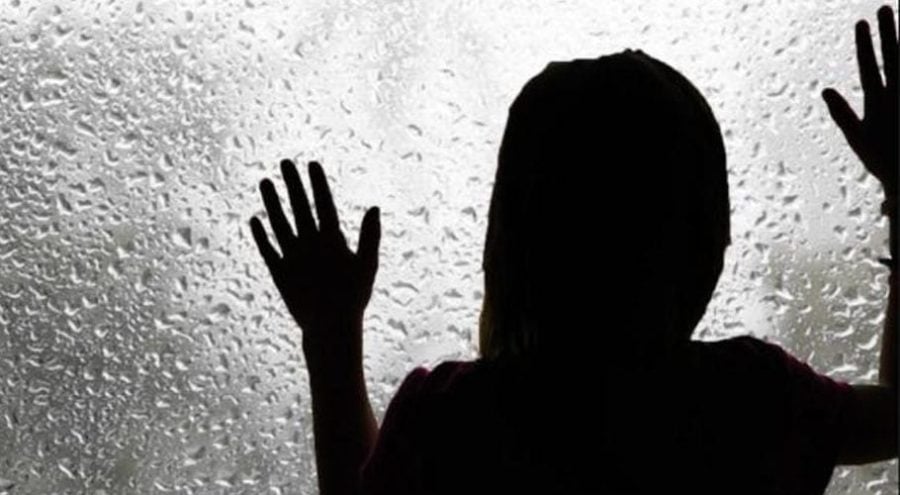Islamabad
Dalits, the marginalized community of India, is facing an extreme human rights crisis with its women being the worst victim of rape and hunger. Dalits fall at the bottom of India’s complex caste hierarchy permitted to live only in slums.
In India, which has been declared by experts as the most dangerous country in the world for women, Dalit women are at an additional risk of sexual violence and slave labor.
The Thomson Reuters Foundation in its 2018 survey of 550 experts on women’s issues, found India to be the “most dangerous nation for sexual violence against women, as well as human trafficking for domestic work, forced labor, forced marriage, and sexual slavery among other reasons”.
The survey said India is also the most dangerous country in the world for cultural traditions that impact women, citing acid attacks, female genital mutilation, child marriage, and physical abuse.
Also, India was termed the fourth most dangerous country for women in the same survey seven years ago.
More than 60 percent of Indian women are anemic as they eat last and the least, rising hunger levels hit the marginalized most. In 2020, India’s COVID-19 lockdown resulted in a tremendous collapse of livelihoods.
According to a study by the People’s Archive of Rural India, fifty percent of the households in rural India during the pandemic were forced to reduce the number of meals ever since the lockdown was imposed. About 68 percent of the households reduced the number of items in their meals.—APP










